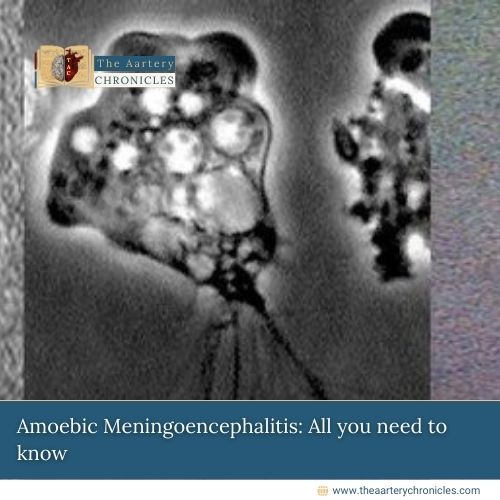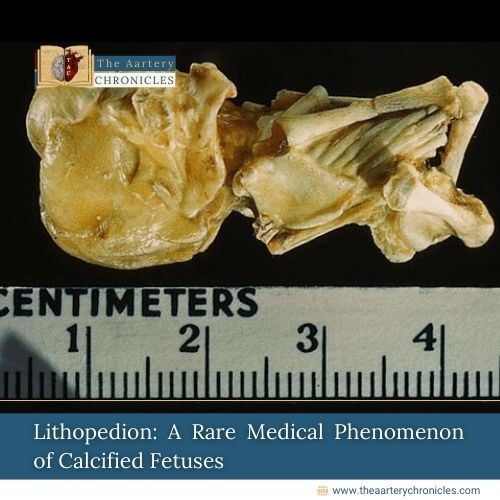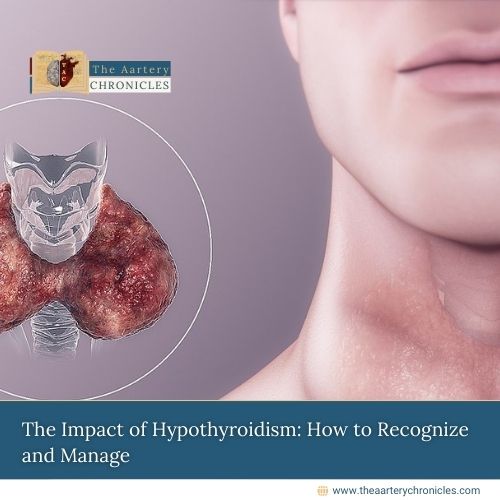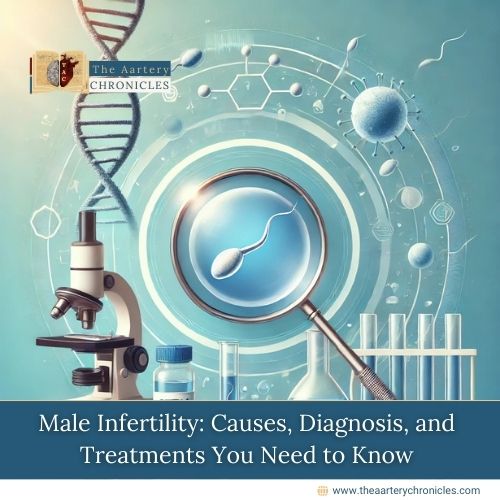
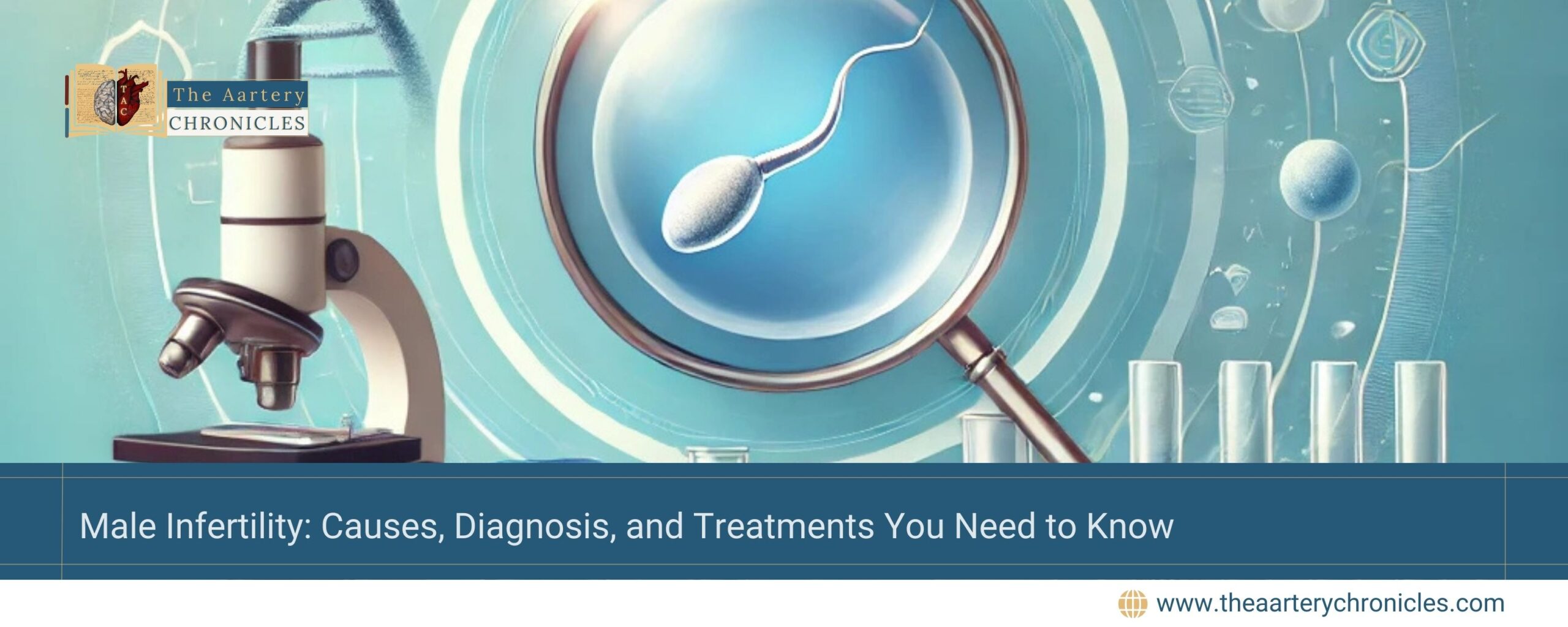
Male Infertility: Causes, Diagnosis, Treatment you need to know
Introduction
Struggling with infertility can feel overwhelming, especially when you don’t know where to start. Did you know that male factors contribute to infertility in about 25-40% of cases? That’s right—male infertility is more common than many realize, yet it often doesn’t get the attention it deserves. If you’re looking for answers or solutions, this article will guide you through everything you need to know about male infertility—from its causes and diagnosis to treatment options.
What is Infertility?
Infertility is defined as the inability to conceive after one year of regular, unprotected intercourse. While this issue can arise from either partner, understanding the relative prevalence of its causes is crucial.
Relative Prevalence of Infertility Causes
The prevalence of infertility causes can provide clarity and facilitate diagnostic assessment. Here’s a breakdown of the contributing factors:
- Male factors: 25-40%
- Female factors: 40-50%
- Both partners: 10%
- Unexplained: 10%
Causes of Male Infertility
Male infertility can result from various factors, broadly categorized into endocrine, testicular, post-testicular, coital, congenital, and other conditions. Let’s break them down:
1. Endocrine Causes
Hypogonadotropic hypogonadism occurs when the brain fails to produce enough gonadotropins, such as LH and FSH, which are essential for stimulating the testes. This hormonal deficiency leads to reduced testosterone levels and impaired sperm production, contributing significantly to male infertility.
2. Testicular Causes
- Klinefelter Syndrome: A genetic condition where an extra X chromosome disrupts normal testicular function, leading to
- Low testosterone levels
- Reduced sperm production
- Infertility
- Immotile Cilia Syndrome: A condition affecting the structure and function of cilia, including the flagella of sperm, resulting in
- Poor sperm motility
- Difficulty in fertilizing an egg
3. Post-Testicular Causes
- Epididymal Issues: Blockages or dysfunction in the epididymis can prevent sperm from maturing or being transported effectively, leading to infertility.
- Congenital Abnormalities: Structural issues like absent or malformed reproductive ducts present from birth can disrupt the flow of sperm, hindering fertility.
- Infections: Conditions such as sexually transmitted infections or prostatitis can cause inflammation or scarring, damaging reproductive organs and impairing sperm function.
- Vas Deferens Blockages: Obstructions, whether from genetic conditions like cystic fibrosis or surgical procedures like vasectomy, block the passage of sperm, preventing their release during ejaculation.
4. Coital Disorders
- Erectile Dysfunction: The inability to achieve or maintain an erection makes natural conception challenging, often requiring medical intervention.
- Ejaculatory Failure: Issues with sperm release during intercourse, such as retrograde ejaculation, can prevent sperm from reaching the egg.
- Endocrine, Neural, or Psychosexual Issues: Hormonal imbalances, nerve disorders, or psychological stress can disrupt sexual performance, affecting fertility.
- Drug-Related Factors: Certain medications, including antidepressants or antihypertensives, may impair sexual function or sperm quality.
5. Congenital Conditions
Cryptorchidism (Undescended Testicles): A condition where one or both testicles fail to descend into the scrotum, leading to impaired sperm production and a higher risk of infertility if untreated.
6. Other Factors
- Asthenozoospermia: A condition marked by reduced sperm motility, affecting the ability to reach and fertilize the egg.
- Orchitis (Testicular Inflammation): Often due to infections like mumps, it can damage testicular tissue and impair sperm production.
- Antispermatogenic Agents (e.g., Drugs, Radiation): Substances or treatments that disrupt sperm production, leading to infertility.
- Varicocele (Enlarged Veins in the Scrotum): Causes increased scrotal temperature, which can negatively impact sperm quality and production.
- Immunologic Factors: The body produces antibodies that mistakenly attack sperm, reducing their viability and motility.
Normal Semen Analysis Parameters
To assess male fertility, semen analysis is a key diagnostic tool. Here are the normal parameters:
- Volume: Semen volume should exceed 1.5 ml, ensuring adequate sperm transport.
- Concentration: A sperm count above 15 million/ml indicates healthy fertility potential.
- Motility: More than 32% of sperm should exhibit progressive movement to reach the egg.
- Morphology: At least 4% of sperm should have normal shapes to ensure effective fertilization.
- WBC Count: Less than 1 million/ml prevents inflammation or infection that could affect fertility.
- Immuno-Bead Test: Below 50% indicates minimal sperm-binding antibodies, ensuring better sperm function.
Diagnostic Tests for Male Infertility
Identifying the root cause of infertility requires a range of tests, including:
Semen analysis: Measures sperm count, motility, and morphology to assess male fertility. Abnormal results can indicate potential infertility issues.
Sperm penetration assay: Tests sperm’s ability to penetrate an egg, providing insight into sperm function and fertilization potential.
Antisperm antibody tests (e.g., post-coital test): Detects antibodies that may impair sperm function and reduce fertility chances.
Hypo-osmotic swelling test: Assesses sperm membrane integrity by measuring how sperm react to changes in osmotic pressure.
Hormonal assessments: Measures levels of FSH and LH to help identify hormonal imbalances affecting sperm production and fertility.
Imaging: Uses trans-rectal ultrasound (TRUS) to detect blockages or abnormalities in the reproductive system that could affect fertility.
Karyotyping analysis: Identifies genetic abnormalities in sperm or chromosomes that may contribute to infertility or birth defects.
Testicular biopsy: Directly evaluates sperm production from the testes, helping to determine the cause of male infertility.
Treatment for Male Infertility
Treatment varies based on the underlying cause. Here are the most common options:
1. Medications
- Clomiphene citrate: Stimulates sperm production.
- hCG injections: Improves testicular function in hypogonadotropic hypogonadism.
- Dopamine agonists: Treat hyperprolactinemia.
2. Assisted Reproductive Techniques (ART)
- Intrauterine insemination (IUI): Places sperm directly into the uterus.
- In vitro fertilization (IVF): Fertilizes eggs outside the body.
3. Surgical Interventions
- To address post-obstructive azoospermia or varicocele.
Lifestyle Tips to Improve Fertility
In addition to medical treatments, making lifestyle changes can significantly impact fertility:
- Maintain a healthy weight.
- Avoid smoking and excessive alcohol consumption.
- Reduce stress through mindfulness or exercise.
- Eat a balanced diet rich in antioxidants.
The Takeaway
Male infertility is a common but treatable condition. With advancements in medical science and technology, there are numerous options to diagnose and address the issue. If you suspect infertility, consult a healthcare professional for a thorough evaluation and personalized treatment plan. Remember, seeking help is the first step toward parenthood.






